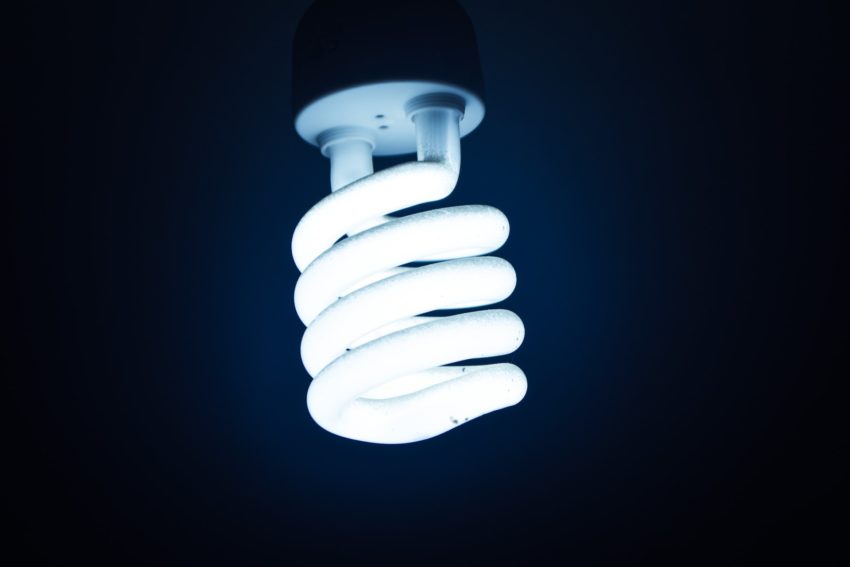
As winter approaches, most of us hope to stay warm and cozy without breaking the bank. Fortunately, you can take control over your energy costs by experimenting with good thermostat settings for your home! In this blog post, we’ll touch on why it’s important to adjust these settings during the colder months and provide some actionable tips that you can use to help keep your bills in check.
With a few simple adjustments and an understanding of how using them responsibly can make all the difference, you’ll be well on your way to feeling comfortable without going overboard on expenses. So let’s begin our journey towards saving money and getting prepared for those chilly days ahead!
And be sure to check this article for more info on how to tell if your thermostat is faulty.
When turning on your thermostat for the first time, set it to energy-saving mode
During the hot summer months, temperatures can get high and drive up your energy bills. One piece of advice to help minimize energy costs is to turn on your thermostat in an energy-saving mode.
Activating this setting makes your system automatically regulate how it runs, optimizing your energy consumption without causing too much disruption in daily comfort levels. To properly adjust it, you may have to experiment with different settings until you find a comfortable balance for both temperature and budgeting.
But generally speaking, setting it a few degrees lower than one’s typical preference during the day will help make sure you’re not wasting electricity. This small change could make a sizable difference in household costs down the line!
Create a schedule that lowers the temperature when no one is around
Programming your thermostat to lower the temperature when you’re not home or at night can be a great way to save money on your electricity bill. Doing so is simple and virtually effortless. All you need to do is set the programmable thermostat to lower the temperature at certain points throughout the day, such as when no one is home or when everyone has gone to bed for the night. This slight decrease in temperature can result in significant energy savings over time, especially if you live in an area with extreme heat or cold. So don’t forget to adjust your thermostat; it’s a simple step that could ultimately save you some money!
Additional tips for saving energy during winter
The following aren’t necessarily direct settings for your thermostat and indoor temperature control, but can go a long way towards helping you remain energy efficient throughout the season. They can reduce the burden on your HVAC systems and make it easier for your thermostat to achieve and maintain your settings, so give them a try if you can!
Make sure to seal any cracks or gaps around your doors and windows
While not exactly a thermostat setting, keeping drafts out and the warmth in is an important part of home energy efficiency. Sealing any cracks or gaps around doors and windows can make a huge difference. A simple way to do this is to use caulking, weather stripping, or foam sealant.
These affordable solutions for sealing doors and windows are easy to find at most hardware stores and can help you keep your home warm during cold months without having to turn up the thermostat.
Additionally, taking steps such as these can greatly reduce your monthly energy costs. So if you’re looking for ways to stay warm while saving a bit of money this winter, be sure to seal those doorways and window openings!
Close off any unused rooms in your house
If you have extra rooms in your house that are not being used on a regular basis, it is a good idea to close them off. Not only can you save money on energy costs by not heating or cooling empty space, but it also helps keep the rest of your home well-insulated.
Taking the time to properly seal windows and doors in unused rooms will make sure as much air escapes from those spaces as possible, helping reduce leakage and drafts throughout your home. Making sure that all of your thermostats are set correctly for each individual room will help ensure consistent climate control and optimize efficiency.
In addition to improving your energy bill, closing off unused rooms helps create a more cozy environment for the areas you want to use the most!
Install insulation in your attic and basement
If you have extra rooms in your house that are not being used on a regular basis, it is a good idea to close them off. Not only can you save money on energy costs by not heating or cooling empty space, but it also helps keep the rest of your home well-insulated.
Taking the time to properly seal windows and doors in unused rooms will make sure as much air escapes from those spaces as possible, helping reduce leakage and drafts throughout your home.
Making sure that all of your thermostats are set correctly for each individual room will help ensure consistent climate control and optimize efficiency. In addition to improving your energy bill, closing off unused rooms helps create a more cozy environment for the areas you want to use the most!
Conclusion
This winter, take the necessary precautions to avoid an astronomical energy bill. By making some easy tweaks to your thermostat settings, you can see a significant difference. Don’t forget to schedule maintenance for your HVAC system too! Regular servicing will not only save you money on costly repairs down the road but could also improve the efficiency of your unit. Consult your local HVAC company today to get started!